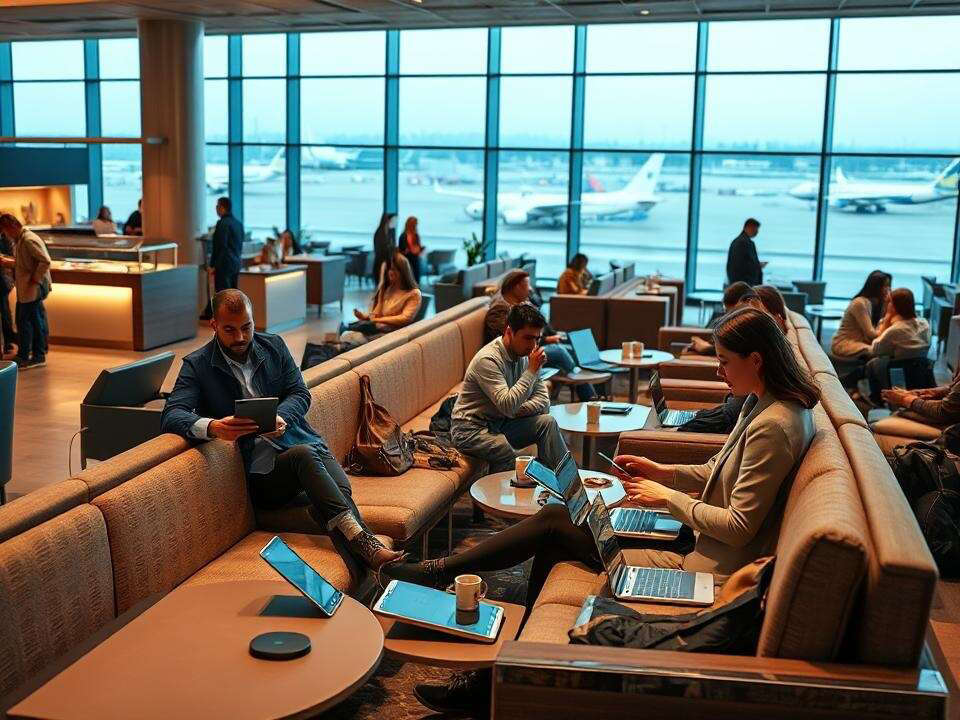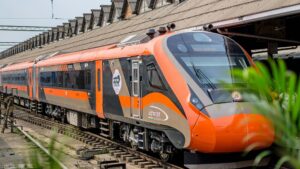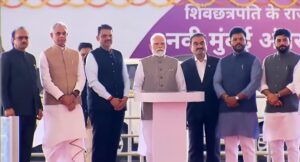Free Sandwich, Wi-Fi, ₹1,200 Bank Bill: How India’s Airport Lounge Economy Works?

Free Sandwich, Wi-Fi, ₹1,200 Bank Bill: How India’s Airport Lounge Economy Works?
Airport lounges in India have quietly become the traveller’s favorite hack. For many passengers, the attraction is irresistible: calm in the middle of chaotic terminals, unlimited food and drinks, charging points, Wi-Fi, sometimes even a spa or a nap pod, all seemingly free. Swipe your credit card, walk in, and relax.
But here’s the catch: nothing about it is actually free.
Who Really Pays?
Data analyst Suraj Kumar Talreja recently broke down the business model in a viral post on X. His summary: “Most people who enter lounges in India today don’t actually pay anything out of pocket. You swipe your credit or debit card and walk in. It feels free.”
Behind the scenes, though, banks are footing the bill. Each time a customer enters a lounge via their HDFC, Axis, ICICI, SBI, or even RuPay card, the operator charges the bank or card network (Visa, Mastercard, Amex).
The costs aren’t trivial. For domestic lounges, banks typically pay between ₹600 and ₹1,200 per visit. For international ones, the tab rises to $25–$35 (via networks like Priority Pass or LoungeKey). Even a quick sandwich and coffee can cost a bank nearly a thousand rupees.
How Lounges Make Money
Lounges aren’t losing out. The model works because:
- They are paid per visit, so credit card tie-ups guarantee high volume.
- Costs are managed through partnerships with airports and catering firms.
- A minority of travelers pay directly (day passes usually cost ₹1,500–₹2,000).
- International memberships (Priority Pass, DreamFolks) bring in steady revenue.
The Restrictions Kick In
Given rising costs, banks have begun tightening the benefits:
- Capping free visits (e.g., four per quarter).
- No access for add-on cardholders.
- Domestic-only limitations.
- Guest entry restrictions.
- Suspension of lounge benefits if a card is inactive.
Still, premium cards like HDFC Infinia, Axis Reserve, Amex Platinum, and ICICI Emeralde continue to promise unlimited access — especially at international terminals.
Value for Travellers
For fliers, the economics are still attractive. A single meal inside the airport can set you back ₹500–₹1,000 — so the lounge already pays for itself in food alone. Add in Wi-Fi, comfortable seating, air-conditioning, clean washrooms, and sometimes even showers and beds (like in Delhi T3 and Bengaluru), and the deal is hard to beat.
The Experience Gap
Not everyone is impressed. As one social media user put it:
“Airport lounges in India are now like a second-class railway station waiting room.”
Crowding, long entry queues, and inconsistent service have diluted the “premium” feel. Yet, for many, the lounge remains far better than the terminal chaos outside.
Every “free” lounge visit is actually part of a finely tuned financial system — a three-way deal between banks, networks, and lounge operators. To the passenger, it’s a free sandwich and Wi-Fi. To the bank, it’s a ₹1,200 loyalty investment.
Or, as one X user summed it up after Talreja’s breakdown:
“It looks free. But it is anything but.”












